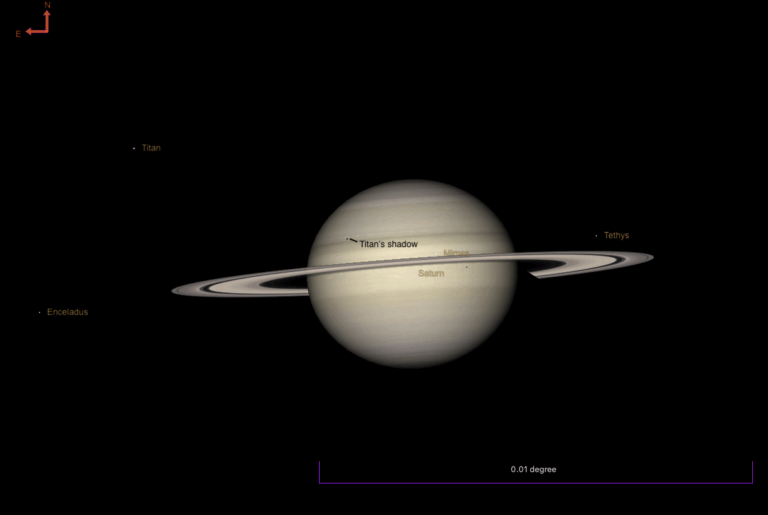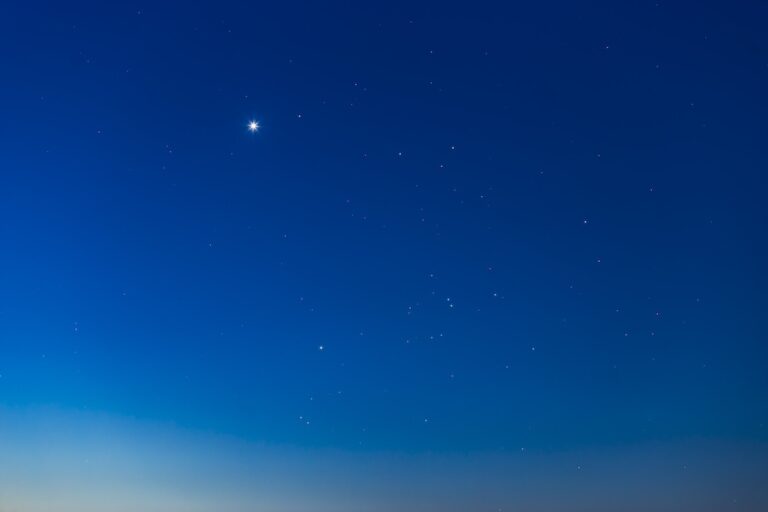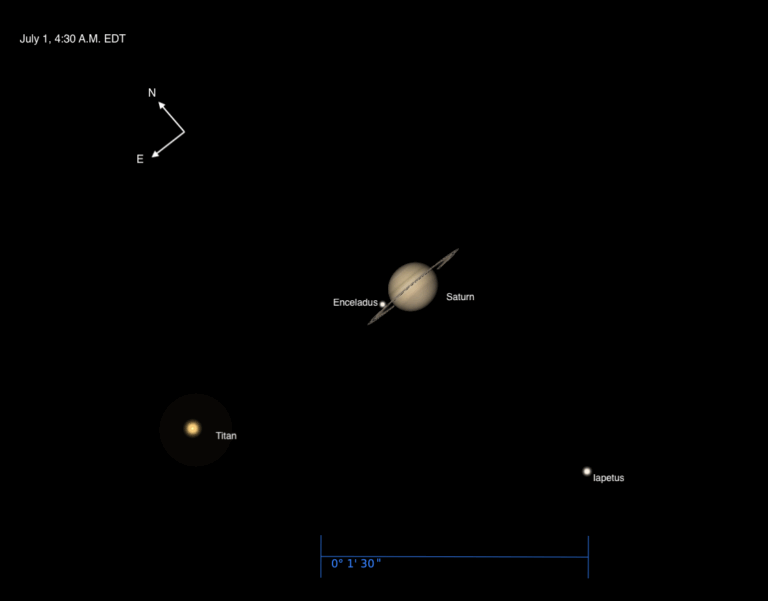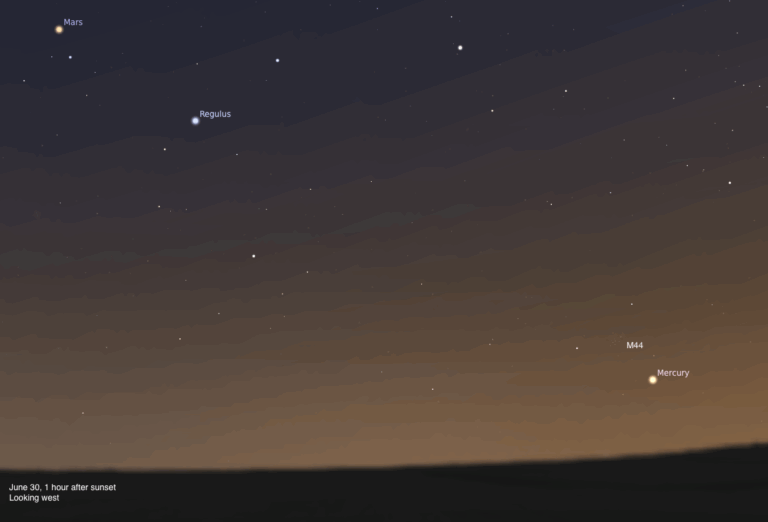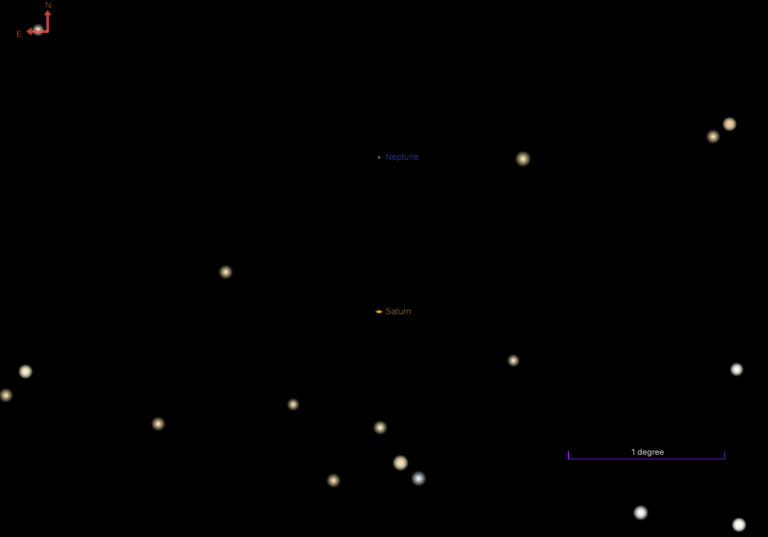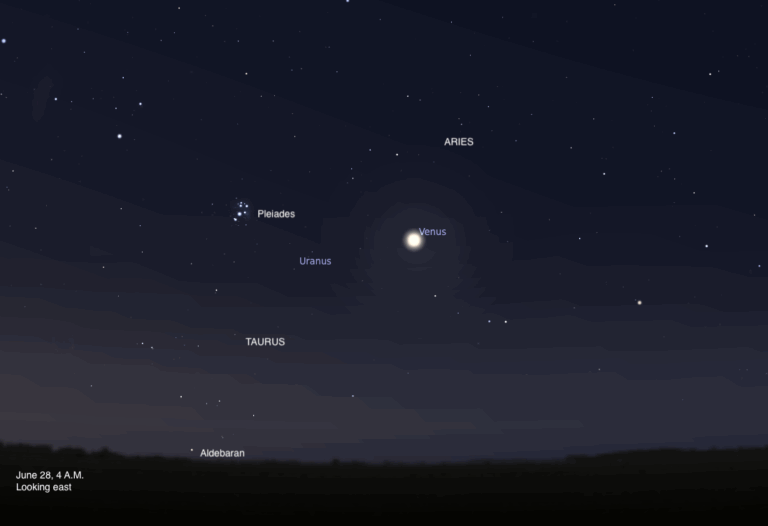Venus’ clouds offer no detail to observers, but the planet’s size and phase vary radically. Observers can witness this phase change through a small telescope.
ESA/VIRTIS/INAF-ISAF/OBS DE PARIS-LESIA
July 10, 2007
That bright light hanging low above the southwestern horizon just after sunset isn’t an oncoming airplane — it’s the planet Venus. July opened with Venus outshining all the other planets and stars. Only the Moon is brighter.
That bright light hanging low above the southwestern horizon just after sunset isn’t an oncoming airplane — it’s the planet Venus. July opened with Venus outshining all the other planets and stars. Only the Moon is brighter.
“Venus is a spectacular sight this time of year, so take advantage of July’s warm weather and see this celestial beauty at its best and brightest,” says Astronomy Associate Editor Laura Layton.
By the 12th, Venus reaches its greatest brilliancy.
The percentage of Venus’ visible surface that lies in sunlight changes throughout the month. The planet’s changing face is similar to the Moon’s change from New Moon to Full Moon and back to New Moon each 29.5 days. Astronomers call this illuminated portion of the Moon, or other celestial body, its phase.
In early July, about one-third (36 percent) of Venus appeared sunlit. By the 31st, only 10 percent of the planet’s visible surface lies in sunlight. With favorable observing conditions, 15-power binoculars or any telescope will show Venus’ phase.
Throughout the month, Venus appears to grow in size as it gets closer to Earth. By July 31, Venus appears as a large, thin crescent through a telescope.




